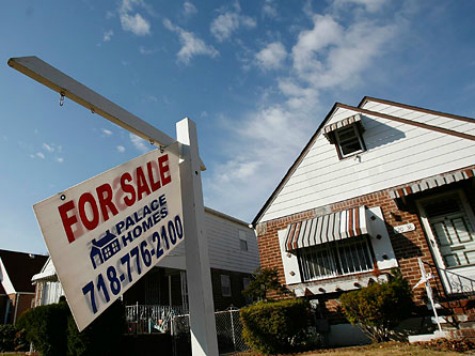
The earnings results for the largest US banks in the second quarter of 2013 suggest that the US mortgage market is headed into a serious slump. The impact of the 2007 mortgage crisis is still being felt in terms of hurting the US housing sector. But perhaps the biggest obstacle to a sustained housing recovery lies in Washington among advocates of “Wall Street Reform” like Massachusetts Democrat Elizabeth Warren.
On Friday JPMorgan guided analysts sharply lower on mortgage production in the second half of 2013, saying volumes could drop 30-40% from current run rates. JPMorgan chief financial officer Maryanne Lake said bluntly “we’re trying to be clear with you that this would be a significant event,” suggesting that the bank expects precisely this outcome and wished to condition analyst expectations regarding the need to adjust the bank’s operating costs accordingly. That means more layoffs for both front and bank office personnel in Morgan’s mortgage department
In a follow up during Q&A by JPMorgan, Lake made clear that the projected drop in mortgage lending volume includes the 20-25% expected drop in volumes due to waning lending for refinancing. Translated, this means that JPMorgan thinks higher mortgage interest rates are worth 10-20 percent lower mortgage production in the second semester of 2013. This goes against experience of lenders during the 2000s, when lending volumes actually rose with interest rates from say 2004 through 2007.
But today, with the layers of new bureaucracy imposed on mortgage lenders by the Democrats in Congress through the Dodd-Frank law of 2010, we may actually see mortgage volumes fall precipitously in the second half of 2013 and beyond. Not only JPMorgan, but also Bank America, Wells Fargo and other major mortgage lenders all warned this week that mortgage lending volumes are falling as the boom in mortgage refinancing ends. But banks are not the only indicator that the US housing sector is slowing.
“U.S. housing starts and permits for future home construction unexpectedly fell in June, offering further evidence of a sharp slowdown in economic activity in the second quarter,” Fox Business reports. “The Commerce Department said on Wednesday housing starts dropped 9.9 percent to a seasonally adjusted annual rate of 836,000 units. That was the lowest level since August last year.” A key factor behind the drop: slack demand because consumers cannot get access to credit.
As I noted in an interview yesterday with Tom Keene on Bloomberg Television, the post Dodd-Frank world is very unfriendly to consumers. Under the Dodd-Frank Wall Street Reform law, lenders are encouraged to originate “qualified mortgages” (QMs). QMs include FHA, VA and conventional loans bought by Fannie Mae and Freddie Mac as well as some “portfolio” loans, mortgages which lenders originate and then keep. However, QMs do not include many of the loan options which have been available in the past. This has the effect of cutting millions of people out of the loan market.
“Tight credit is limiting the ability of would-be homebuyers to take advantage of today’s affordable conditions and likely discouraging many from even trying,” said Chris Herbert, Director of Research at Harvard’s Joint Center for Housing Studies. “At issue is whether, and at what cost, mortgage financing will be available to borrowers across a broad spectrum of incomes, wealth, and credit histories moving forward.”
One of the key indicators of future activity in the housing market is the index maintain by the Mortgage Bankers Association on new loan applications. While the MBA index was up this week, it has been trending lower for months. On a seasonally-adjusted basis that includes an adjustment for the July 4 holiday, the market composite index slipped 2.6% from a week earlier, according to the weekly survey covering more than three-quarters of all U.S. residential-mortgage applications. MBA also reported the refinance index slipped 4.2% from a week earlier to its lowest level in two years while the seasonally adjusted purchasing index increased 1% from the prior week.
Bottom line is that the nation’s largest banks are warning US policy makers that the housing sector is cooling after a relatively modest rebound in home prices over the last 18 months. While there are many reason why the housing sector is cooling, the key factor keeping millions of Americans out of the market is the Dodd-Frank law and the regulatory hurdles that have been erected to “protect consumers” by the likes of Senator Warren. Unfortunately the only thing Senator Warren really is doing is protecting millions of US consumers from buying homes.

COMMENTS
Please let us know if you're having issues with commenting.